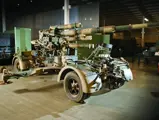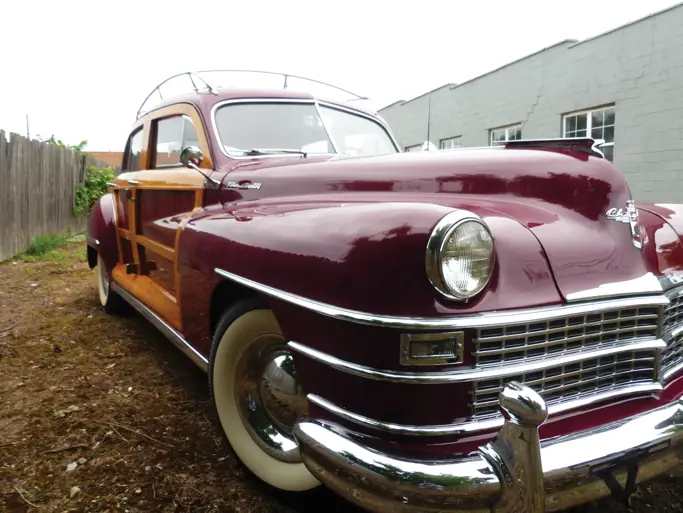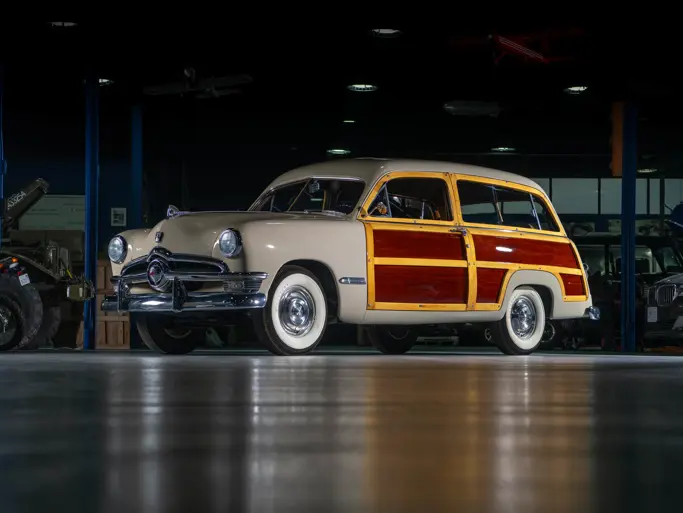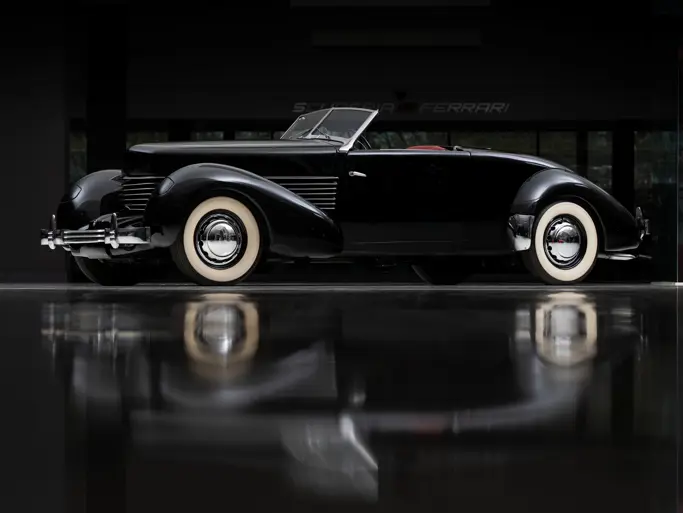Auburn Spring 2017
1941 Krupp 8.8-cm Flak 36
{{lr.item.text}}
$99,000 USD | Sold
 | Auburn, Indiana
| Auburn, Indiana
{{internetCurrentBid}}
{{internetTimeLeft}}

- Manufacturer: Krupp / Rheinmetall
- Production Years: 1933-1945 (Flak 18, 36/37)
- Caliber: 88-mm (3.46-inches)
- Length: 15-feet, 4-inches* (gun tube)
- Width: 7-feet, 7-inches*
- Height: 8-feet, 6-inches* (on travel mount)
- Weight: 7.9-tons* (on travel mount)
- Maximum Range: 9-miles+* (horizontal) - 6.5-miles+* (vertical)
- Muzzle Velocity: 2,690-feet-per-second
- Rate of Fire: 15 to 20-rounds-per-minute
- Projectile Weight: 20.34 to 33.6-pounds; depending on type
- Crew: Up to 10
- Markings: Flak Unit - camouflage represents late war (post 1942) sand base paint with green overpaint
- * Specifications are for a captured Flak 18 as tested by the U.S. Army.
- Demilitarized
The dreaded “88” is regarded by most historians as the best artillery piece of World War II. Initially intended to be an anti-aircraft gun, its adaptability to anti-tank and indirect artillery use was quickly recognized. The Flak 36 displayed is an improved model of the initial Flak 18. The Flak 36 incorporated removable barrel liners and an improved transport trailer assembly. The cruciform platform (gun mount) with its folding legs, enabled the gun to be fired in any direction and to be emplaced and withdrawn quickly. Its accuracy, rate of fire and ability to destroy any Allied tank was respected by friend and foe alike. The “88” was first used in action during the Spanish Civil War and served on all fronts during World War II. Its first known encounter with the Western Allies was with the British in North Africa where it came as an eye-opening shock, just as it did the Russians during the opening phases of Operation Barbarosa (The German invasion of the Soviet Union). By August 1944, approximately 11,000 “88s” (Flak 18, 36/37 and 41) were in service with the German Wehrmacht.





